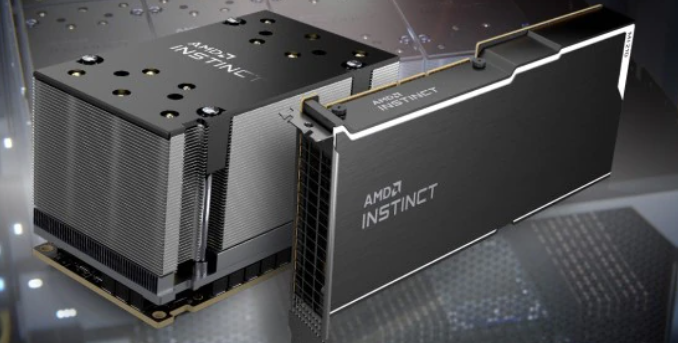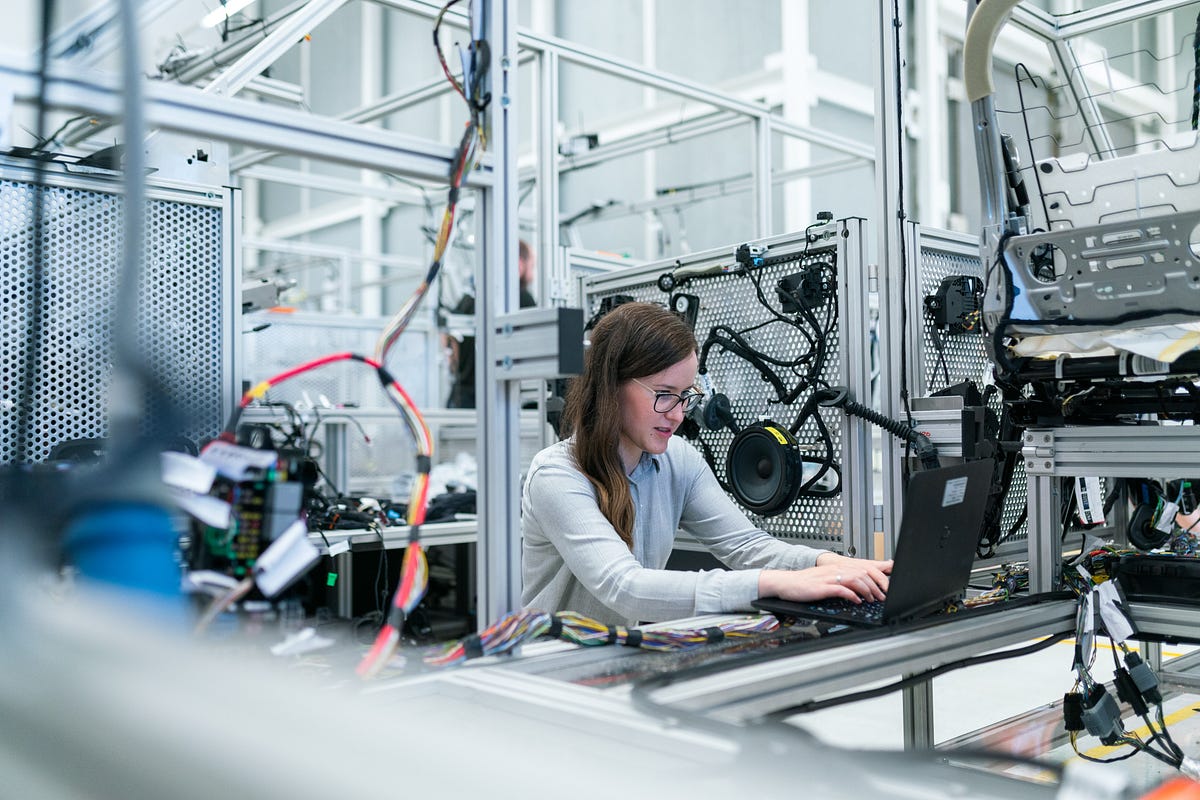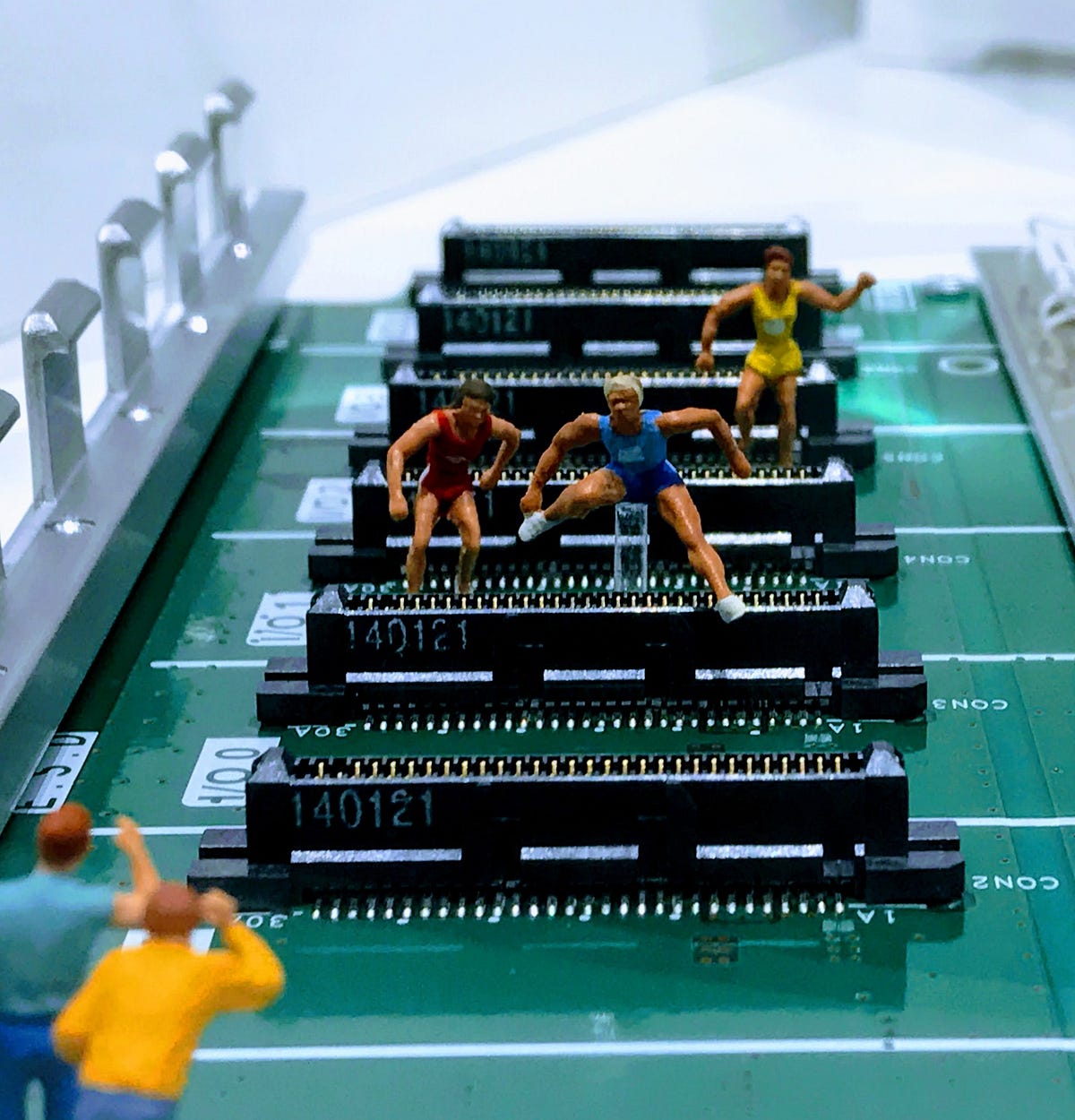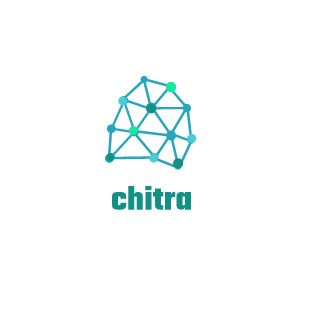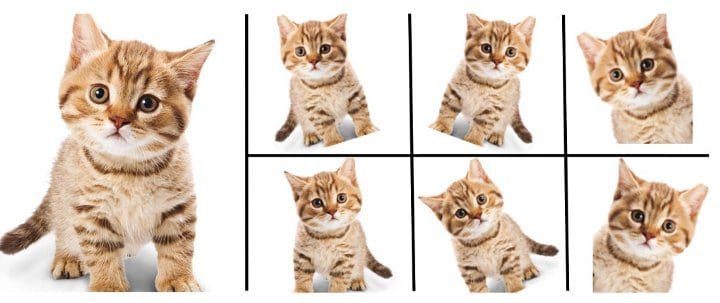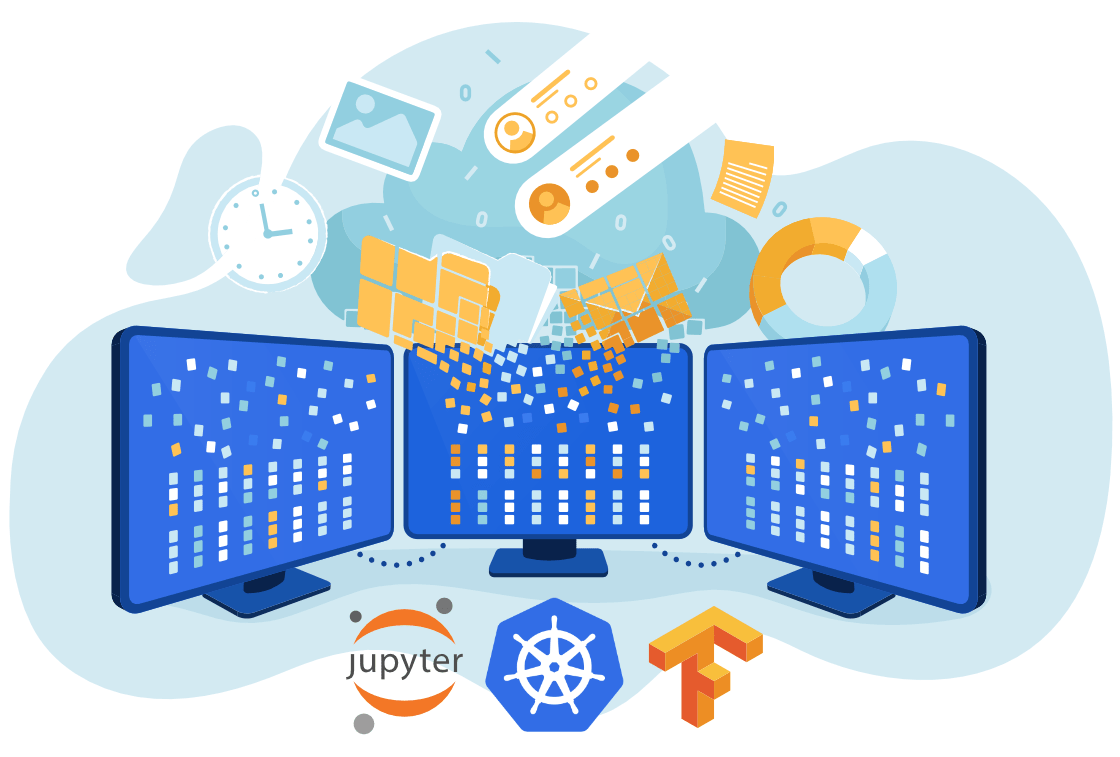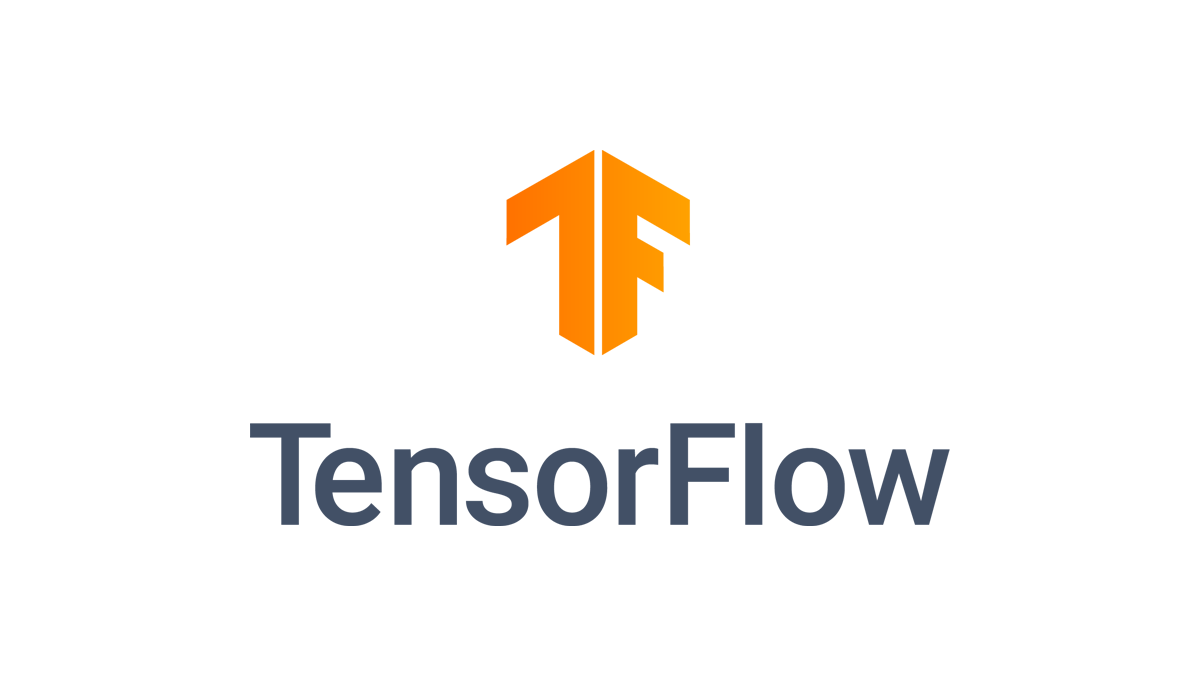
Graph Neural Networks (GNNs) are deep learning methods that operate on graphs and are used to perform inference on data described by graphs. Graphs have been used in mathematics and computer science for a long time and give solutions to complex problems by forming a network of nodes connected by edges in various irregular ways. Traditional ML algorithms allow only regular and uniform relations between input objects, struggle to handle complex relationships, and fail to understand objects and their connections which is crucial for many real-world data. Google researchers added a new library in TensorFlow, called TensorFlow GNN 1.0 (TF-GNN)
